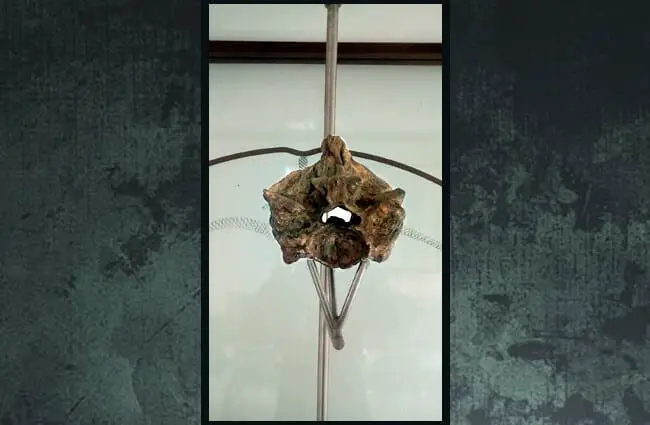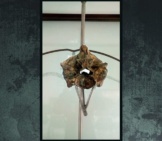The Titanoboa was a massive snake that lived in Columbia. Scientists place this extinct species in the Boidae family, along with boa constrictors and anacondas. Archaeologists estimate that this creature lived about 60 million years ago. It is the largest species of snake that ever lived. Read on to learn about the Titanoboa.
Description of the Titanoboa
From fossil records, archeologists estimate that this species reached 42 ft. long and weighed 2,500 lbs. or more. Outside of fossils, we really have no way of knowing what this snake looked like. Considering that they are close relatives of the anaconda, we can assume they might have had a similar appearance.
Interesting Facts About the Titanoboa
It was a giant snake, what more can we say?
- Largest Snake to Ever Live – As far as researchers know, this species was the largest snake to ever walk, or slither, the earth! Prior to its discovery, the extinct Gigantophis was the largest recorded species.
- What’s in a Name – The full species name of this snake is Titanoboa cerrejonensis. The genus, Titanoboa, roughly translates to “titanic” boa. This is, of course, in reference to their size. The cerrejonensis refers to the Cerrejon coal mines where the researchers found the fossils.
- Discovery – Paleontologists Jonathan Bloch and Carlos Jaramillo led the team of scientists that discovered the remains of this massive snake.
Habitat of the Titanoboa
Paleontologists believe that this snake lived in the first rainforests in South America at that time. Though they cannot be entirely sure, because no one ever witnessed a live one, they do have record of the swamp habitats near where they lived at that time.
Distribution of the Titanoboa
Paleontologists discovered all the different fossils in the Cerrejon Formation in Columbia. Because we can only estimate distribution based on fossilized specimens, it is entirely possible that these snakes lived across a wider range than researchers know. It takes absolutely perfect conditions for skeletons to fossilize properly.
Diet of the Titanoboa
Based on the shape of their teeth, scientists believe that these snakes ate mostly fish. Their teeth have significant differences that set them apart from the other members of the boa family. Researchers find it likely that the snakes fed on a variety of fish from that era.
Titanoboa and Human Interaction
Humans never interacted with these snakes. They went extinct millions of years before the first humans.
Domestication
Again, humans never interacted with these massive reptiles.
Does the Titanoboa Make a Good Pet
Even if it was alive today, you wouldn’t even be able to fit it in your house. No, this snake would not make a good pet.
Titanoboa Care
It is impossible to know how one would care for this extinct reptile. We can assume their care would be similar to that of the anaconda, another large, semi-aquatic snake. Zoos would obviously need incredibly large enclosures, and a better understanding of their natural diet.
Behavior of the Titanoboa
Researchers have no way of knowing about the behavior of this massive snake.
Reproduction of the Titanoboa
To date, researchers have found no fossilized eggs or young to indicate how this species reproduced.









![Red Angus Closeup of a beautiful Red Angus cowPhoto by: U.S. Department of Agriculture [pubic domain]https://creativecommons.org/licenses/by/2.0/](https://animals.net/wp-content/uploads/2020/03/Red-Angus-4-238x178.jpg)












![Red Angus Closeup of a beautiful Red Angus cowPhoto by: U.S. Department of Agriculture [pubic domain]https://creativecommons.org/licenses/by/2.0/](https://animals.net/wp-content/uploads/2020/03/Red-Angus-4-100x75.jpg)

